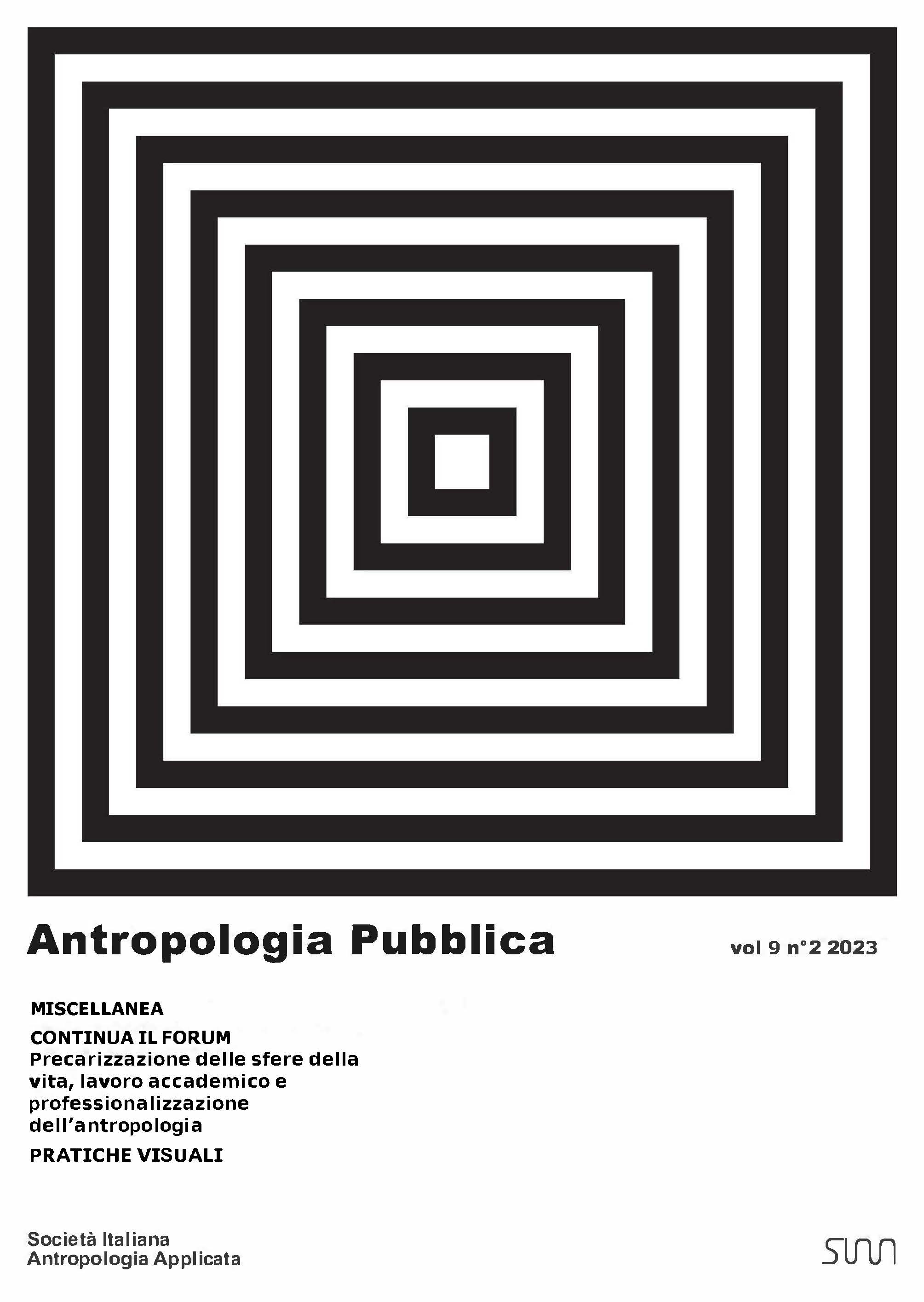Camminare in campo aperto… Esperienze di mappatura partecipata nel Messico indigeno ed eco-politica delle lingue-terre native nella crisi eco-climatica globale
Abstract
The production and distribution of maps have not been the exclusive monopoly and competence of Nation-States for several decades. At least since the 1970s, indigenous and afro-descendant populations in the Americas have begun to use participatory mapping as a tool to claim their land rights against Nation-States, accompanying the progress of international law, such as the ILO Convention 169 (1989). In the last twenty years, this research-action tool has begun to assume new ecopolitical values starting from the crucial position of indigenous peoples in the contexts of the current planetary eco-climatic crisis, between vulnerability and sustainable management of their living environments.
In this article I will illustrate my research experience in the context of a participatory mapping project of the “ancestral” territory of the Ikoots of San Mateo del Mar, in the Isthmus of Tehuantepec (Oaxaca, Mexico). On the one hand I will reflect on the intertwining of ethnographic experience, participation, intentionality and return of research in a context of growing socio-environmental conflict; on the other hand I will reflect on the radically non-cartesian and non-naturalist ecopolitical positionality that indigenous language-knowledges express in the current global Anthropocene crisis, which goes beyond the notion of geo-political sovereignty at the heart of colonial/ national cartesian cartography and challenges global perception of the crisis and the actions to be pursued to get out of it.



